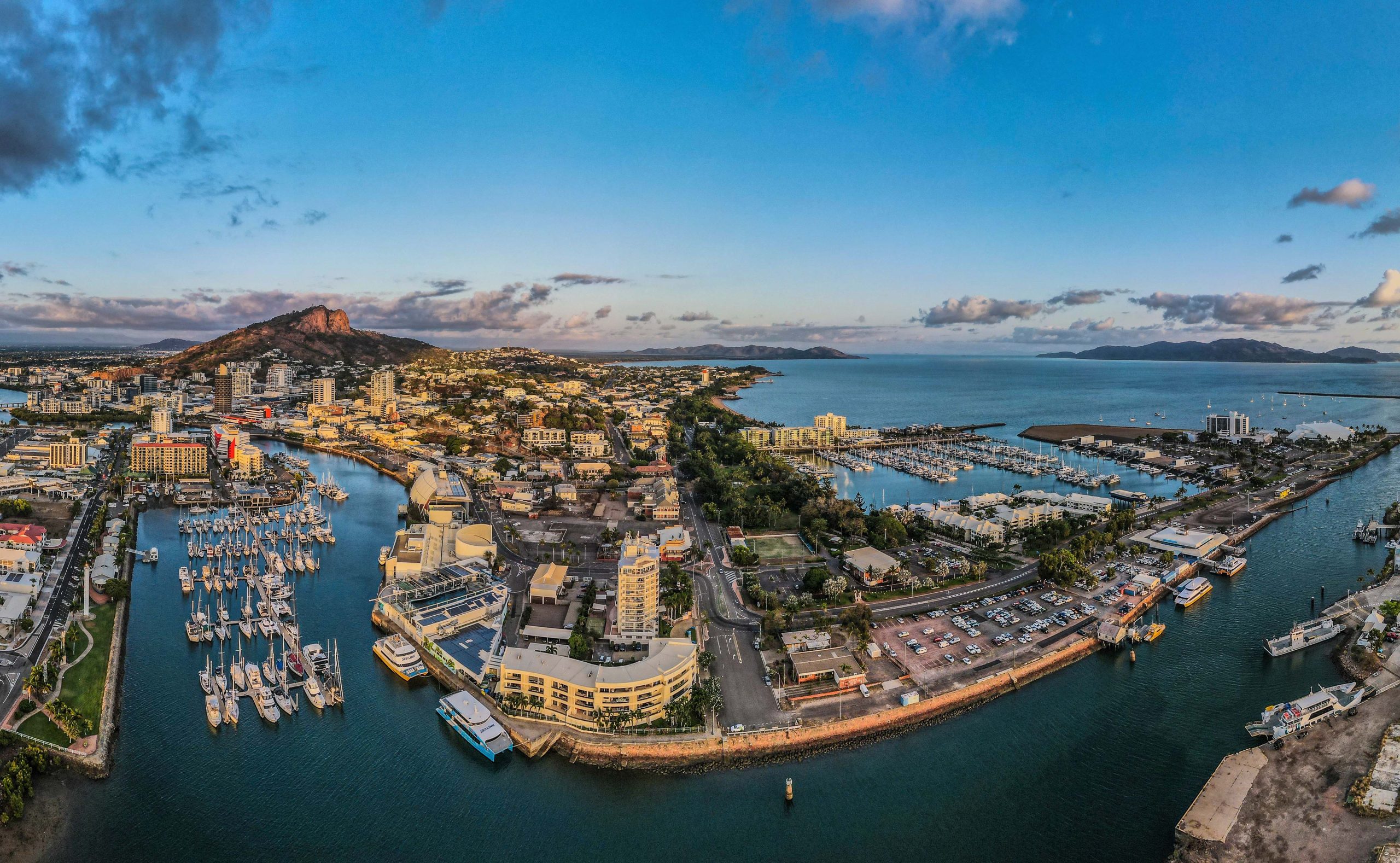Dry Tropics fish reporting — Doc lures in the data
Greg ‘Doc Lures’ Vinall is well known in the North.
He’s the founder and host of the Australian Lure Fishing Podcast, an international authority on making wooden fishing lures, author of ten fishing books, a speaker, consultant, and the Independent Chair of the Wet Tropics Waterways regional report card partnership — sibling to our Dry Tropics Partnership for Healthy Waters.
He’s also a deeply experienced aquatic scientist, with expertise in water quality, aquatic ecology, and ‘limnology’ — the study of inland lakes, rivers, creeks, and wetlands.

For the last few years Greg’s been wading deep into the numerous citizen science initiatives aimed at recording and cataloguing fish species in the estuaries and reefs of North Queensland. He’s been on the hunt for a potential method by which the differing datasets might be brought together to provide a more comprehensive overview of regional fish populations.
“This is an important piece of work,” says our Executive Officer, Kara-Mae Coulter-Atkins.
“We know the people of Townsville, the Burdekin, and all the Dry Tropics want to know about the abundance of fish in their area — and not have to search in different places to see a joined-up picture of fish life across waterways and reefs.”
“Fish are also a great indicator of the health of our water systems. We already provide our annual Townsville Dry Tropics Waterways Report Card which provides a big picture of water quality and habitat — but fish data has long remained hard to tackle.”
No landing net for complex fish communities — yet
Dr Vinall’s research looked at citizen science monitoring data from the Reef Life Survey, Great Barrier ReefMarine Park Authority’s Eye on the Reef, and Reef Check for marine fish, and a cast of many citizen science programs and monitoring techniques for estuarine fish.
“Blending citizen science datasets to create a unified indicator presents a real challenge,” Greg says. “Each data collection initiative was designed for a different end-goal, so fitting them together to achieve a new outcome is extremely complex.
“It’s like merging parts from entirely different vehicles and attempting to create a ‘super vehicle’ that functions flawlessly. Ultimately, the study found it wasn’t achievable.”
Surprising revelations about reef fish
While the ‘Facilitating the Passage of Estuarine and Marine Fish Data into Regional Report Card Partnerships’ study identified the obstacles for comprehensive fish reporting to overcome, it also revealed new insights into the ever-richer diversity of fish on our inshore and outer reef systems.
“It appears that each individual reef has its own unique fish community structure,” Greg says. “While we expected that, we were surprised at how quickly the fish communities also changed when we compared reefs from north to south, both inshore and offshore.
“It was also clear that despite hundreds of fish surveys having been conducted over many years, each successive year produced species that hadn’t been recorded by these programs in the past. Once again — testament to the amazing diversity of the reef.”
Focus shifts to sampling protocols
“Our journey into the data was far from wasted,” Greg adds. “We now have a much better understanding of how sampling protocols can be tweaked and modified for easier integration. And we can design future monitoring with greater confidence about the locations we should monitor and the frequency of data collection.”
If you aren’t already a fan, get more from Greg on Australian Lure Fishing here or on YouTube. If you have questions or contributions to the ongoing conversation about fish population data in North Queensland, get in touch.
The Facilitating the Passage of Estuarine and Marine Fish Data into Regional Report Card Partnerships project was funded by the partnership between the Australian Government’s Reef Trust and the Great Barrier Reef Foundation.





